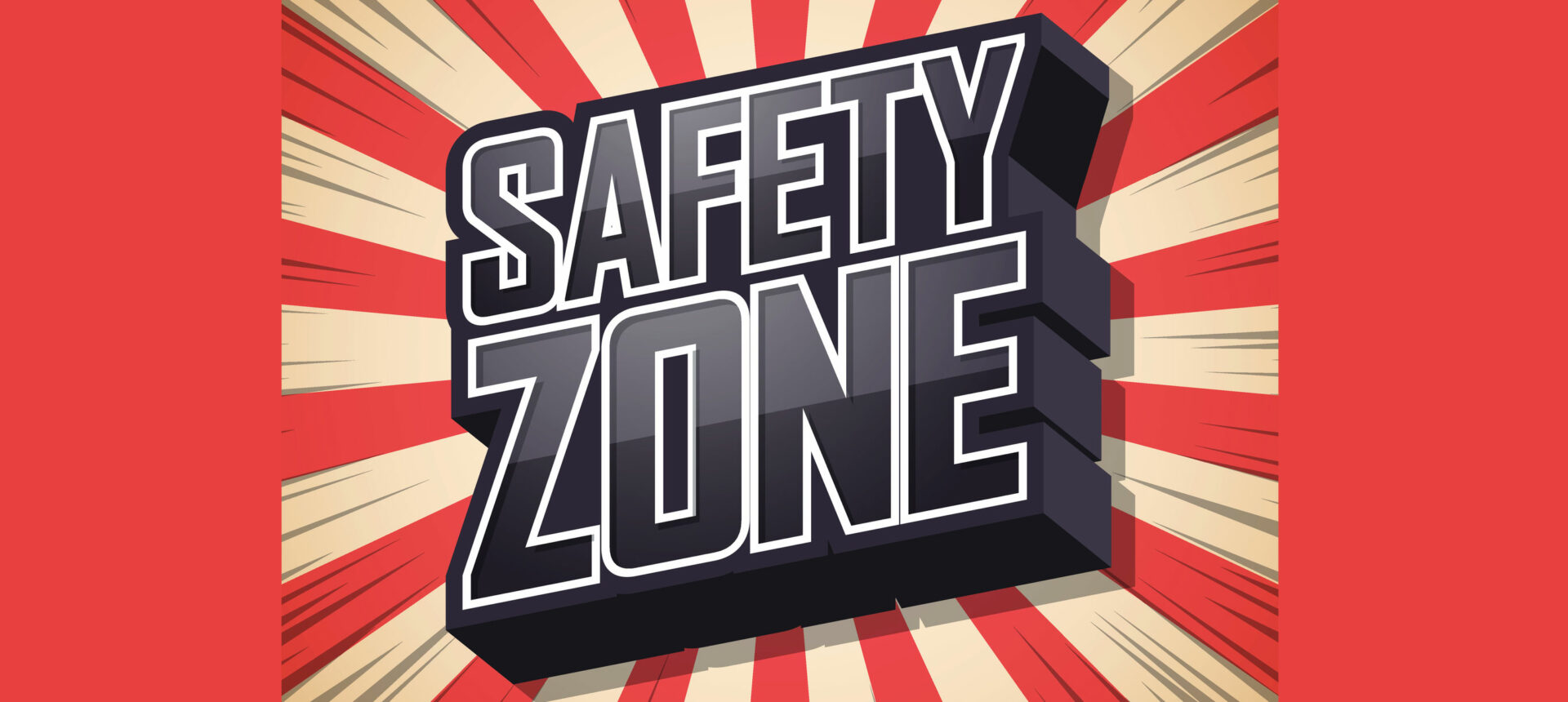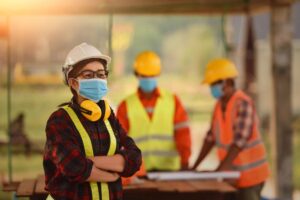
It has never been more important to create and sustain a culture of safety in our lifetime than it is right now!
The actions we take today and our ability to be flexible enough to succeed will help to ensure that COVID-19 eventually becomes a historical footnote that those of us in the safety realm have helped our organization, employees and loved ones to overcome.
As you know, it takes more than social distancing, proper use of personal protective equipment and habitual handwashing to make safety happen every day. Leaders, direct supervisors and workers must have 100% buy-in on new procedures and beliefs. We have to get the job done with an ultra-high sense of extra precaution and often with a heavily reduced onsite workforce.
The following areas are critically important Reduce stress
Not only does anxiety lower your immune system (75% of all visits to the doctor are stress-related, according to the AMA) and cause you to make bad decisions, but studies show that it reduces situational awareness. Motivation
The number one way to stay motivated is to motivate others. Even without epidemic/pandemic conditions, keeping the safety culture going can be a big challenge. So it’s important that we all support each other and stay focused on increasing our chances of success. Social distancing does not mean we stop communicating or collaborating. Keeping your attitude positive can help make sure you and your team’s COVID-19 tests come out negative! Situational Awareness
Employee engagement is the foundation of safety. Frontline managers and supervisors have to make sure employees, contractors and onsite vendors feel valuable. People who feel valuable are statistically more likely to look out for each other, speak up and “say something when they see something.” This engaged group is less likely to emotionally check out and become complacent and more likely to be present in the moment. Transitional Awareness
As we adapt to the most likely “temporary new normal,” it’s important to know that this, like all epidemics/pandemics (this is roughly number 20 in the last 500 years … and five of those were cholera) will be over sooner rather than later; the typical duration is three months to one year. So we must make sure we don’t do things now that will give us big problems when we get back to the “not quite so new normal” post-coronavirus. That transition is the key to coming out of this thing better than we went in.
Finally, collaboration, inspiration, innovation, learning and staying on top of the basics are the backbone of every high-functioning culture. Most of you getting this email are clients or people who have inquired about having me speak at your safety convention, turnaround, or onsite meeting. I am booking traditional onsite meetings starting late summer, into the fall and next year, but I also do virtual events and am equipped to do any of my presentations via Zoom or other methods that work for you. I do these every year as it is (I just do it a lot more now), so I know how to make them fun, interactive, content-rich and relevant. We do groups that have multiple locations around the country/world with just two or three people gathered at each site, and we do somewhere individuals at their desks watch the presentation on a laptop, iPad or phone.
Thanks so much and stay safe,
Garrison






